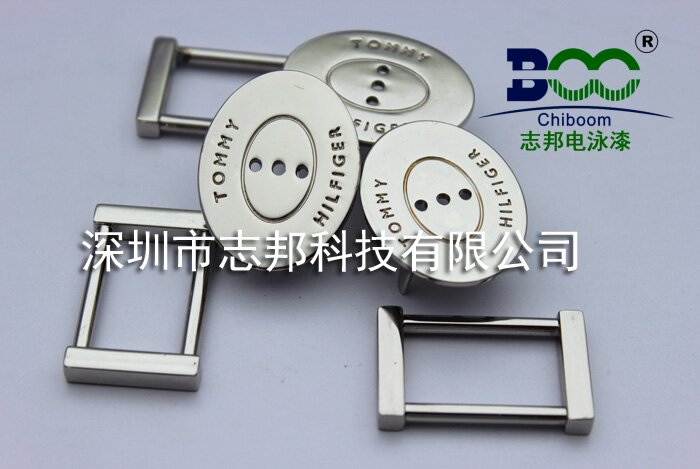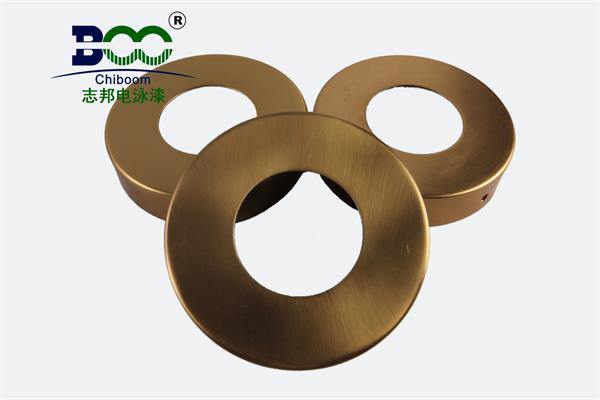What is the Appropriate Temperature Resistance for Electrophoretic Paint?
Electrophoretic paint, as an efficient and environmentally friendly coating technology, is widely used in modern industries. Its excellent corrosion resistance, high adhesion, and good decorative properties make electrophoretic paint occupy an important position in fields such as automobile manufacturing, household appliance production, and metalworking. However, the temperature resistance of electrophoretic paint has always been a focus of attention in the industry. This article will explore the performance of electrophoretic paint at different temperatures and the importance of selecting an appropriate temperature resistance range.
The temperature resistance of electrophoretic paint is mainly influenced by factors such as resin type, hardener selection, and baking temperature and time. Generally, when the working temperature of electrophoretic paint is maintained between 20°C and 30°C, it can ensure that the coating achieves ideal uniformity, gloss, and hardness. This temperature range helps to ensure the quality and performance of the coating, enabling electrophoretic paint to be optimally applied in industrial production.

However, the temperature resistance range of electrophoretic paint is not fixed. Different types of electrophoretic paint, such as epoxy resin electrophoretic paint, polyurethane resin electrophoretic paint, and acrylic resin electrophoretic paint, have varying temperature resistance properties. Epoxy resin electrophoretic paint typically has a temperature resistance range of around -50°C to 200°C, polyurethane resin electrophoretic paint has a temperature resistance range of about -30°C to 120°C, and acrylic resin electrophoretic paint has a relatively lower temperature resistance range of approximately -20°C to 100°C. These data provide important references for selecting electrophoretic paint, but practical applications also need to consider factors such as coating thickness and environmental conditions.
It is worth noting that electrophoretic paint not only performs well at working temperatures but also exhibits certain high-temperature resistance properties. High-temperature-resistant electrophoretic paint can generally maintain a temperature of around 270°C to 280°C for about 10 minutes, and some electrophoretic paints can even maintain a temperature of 300°C for 5 minutes, which is close to their heat resistance limit. This characteristic makes the application of electrophoretic paint in high-temperature environments possible, such as the coating of automobile engine compartments and oven interiors.
However, electrophoretic paint at high temperatures also faces many challenges. Excessively high temperatures may cause the coating to crack, discolor, or degrade in performance. Therefore, when selecting electrophoretic paint, it is essential to fully consider its high-temperature resistance properties as well as baking temperature and time parameters to ensure the quality and performance of the coating.
In addition, the temperature management of the electrophoretic bath is also a key factor in ensuring the temperature resistance of electrophoretic paint. The working temperature of the cathodic electrophoretic bath is generally maintained between 28°C and 32°C, requiring the cooling system to have the ability to maintain the bath temperature at (30±1)°C under full-load production conditions. Too high or too low bath temperature can affect the quality of the paint film, so 40°C to 50°C warm water is used to achieve temperature control through a heat exchange plate.
In summary, the temperature resistance of electrophoretic paint is a complex and important issue. Selecting an appropriate temperature resistance range not only helps to ensure the quality and performance of the coating but also brings higher efficiency and benefits to industrial production. In practical applications, the type of electrophoretic paint and process parameters should be selected according to specific needs and conditions to ensure that the quality and performance of the coating are optimal. At the same time, strengthening the temperature management of the electrophoretic bath is also an important means to ensure the temperature resistance of electrophoretic paint.





 WeChat
WeChat